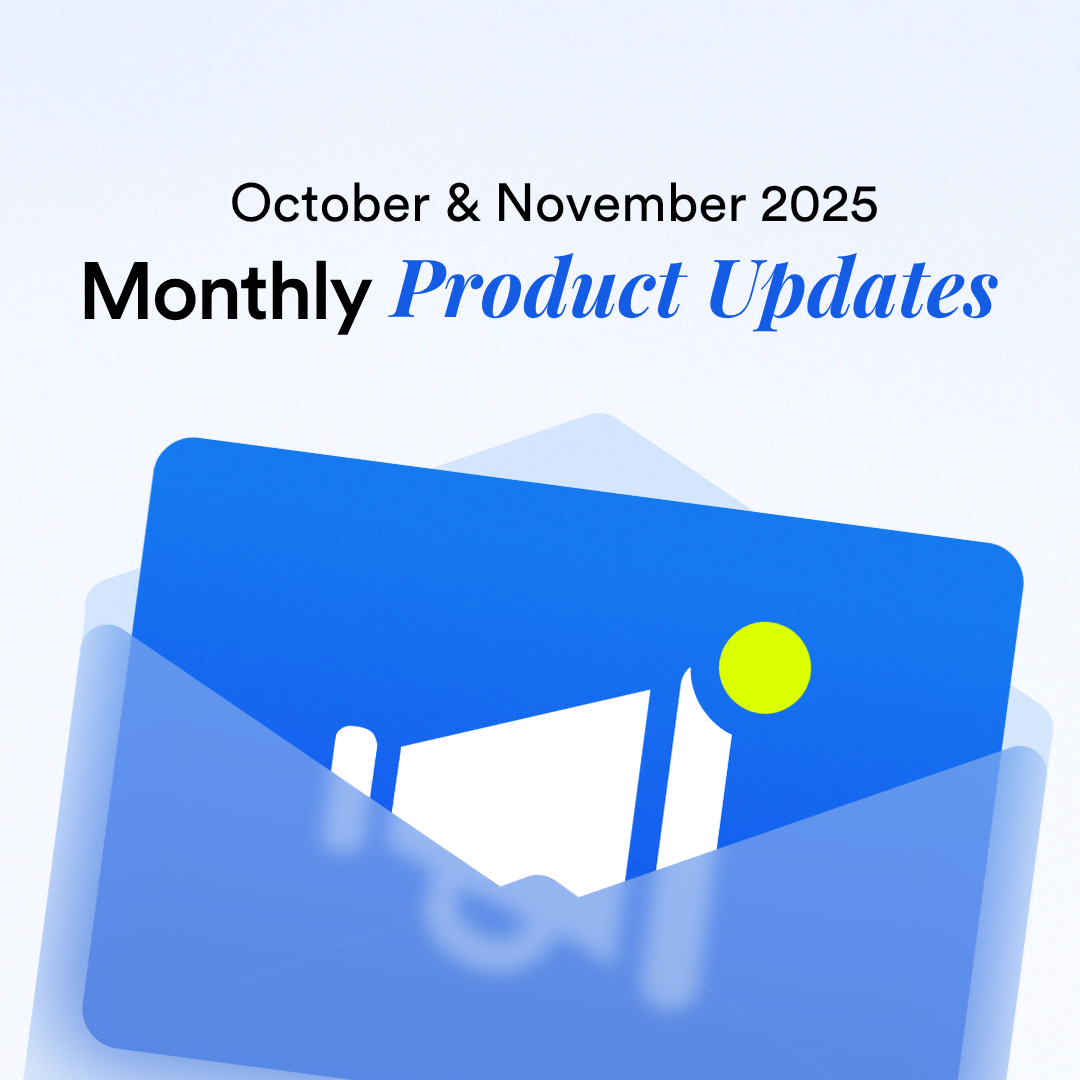Multichannel Selling: Benefits, Challenges, and How to Manage It Effectively
By Vincent Leong · 22nd August, 2022
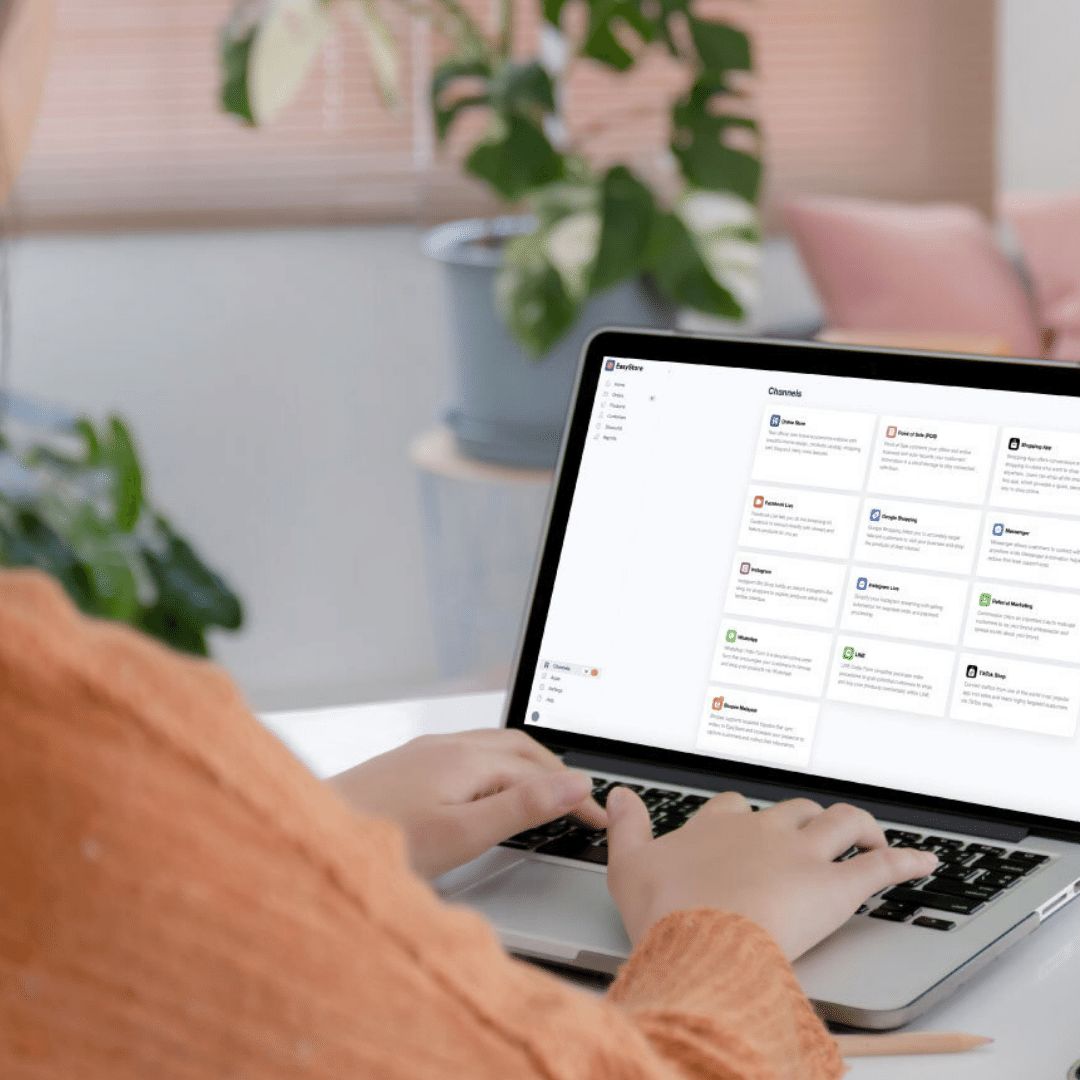
Table of Contents
This blog was updated on 09 May 2025, for more information connect with our team: https://www.easystore.co/contact
Multichannel Selling: Benefits, Challenges, and How to Manage It Effectively
When starting your journey with multiple sales channels, most merchants begin with one — whether it’s a branded online store, social media platform, physical retail space, or a marketplace like Shopee, Lazada, or PG Mall.
However, today’s consumers shop across various platforms, and relying on just one channel limits your reach. You're likely wondering how to maximize profits and attract more customers without increasing your ad spend.
That’s where multichannel selling comes in.
What Is Multichannel Selling?
Multichannel selling refers to offering your products on more than one ecommerce or retail platform simultaneously.
You may already be doing this without realizing it — for example, if you're selling on your online store and driving traffic from social media, or if you’re active on both Shopee and Lazada.
The goal of multichannel selling is to broaden your product reach and increase brand visibility across all relevant customer touchpoints.
Types of Sales Channels
Offline Channels:
Having a physical retail presence, such as a pop-up store or bazaar booth, allows shoppers to experience your products firsthand. However, this involves costs like rent, setup, and staffing.
Online Channels:
A more cost-effective approach is building your brand online through a branded ecommerce store, marketplaces, and social media platforms.
Why You Should Embrace Multichannel Selling
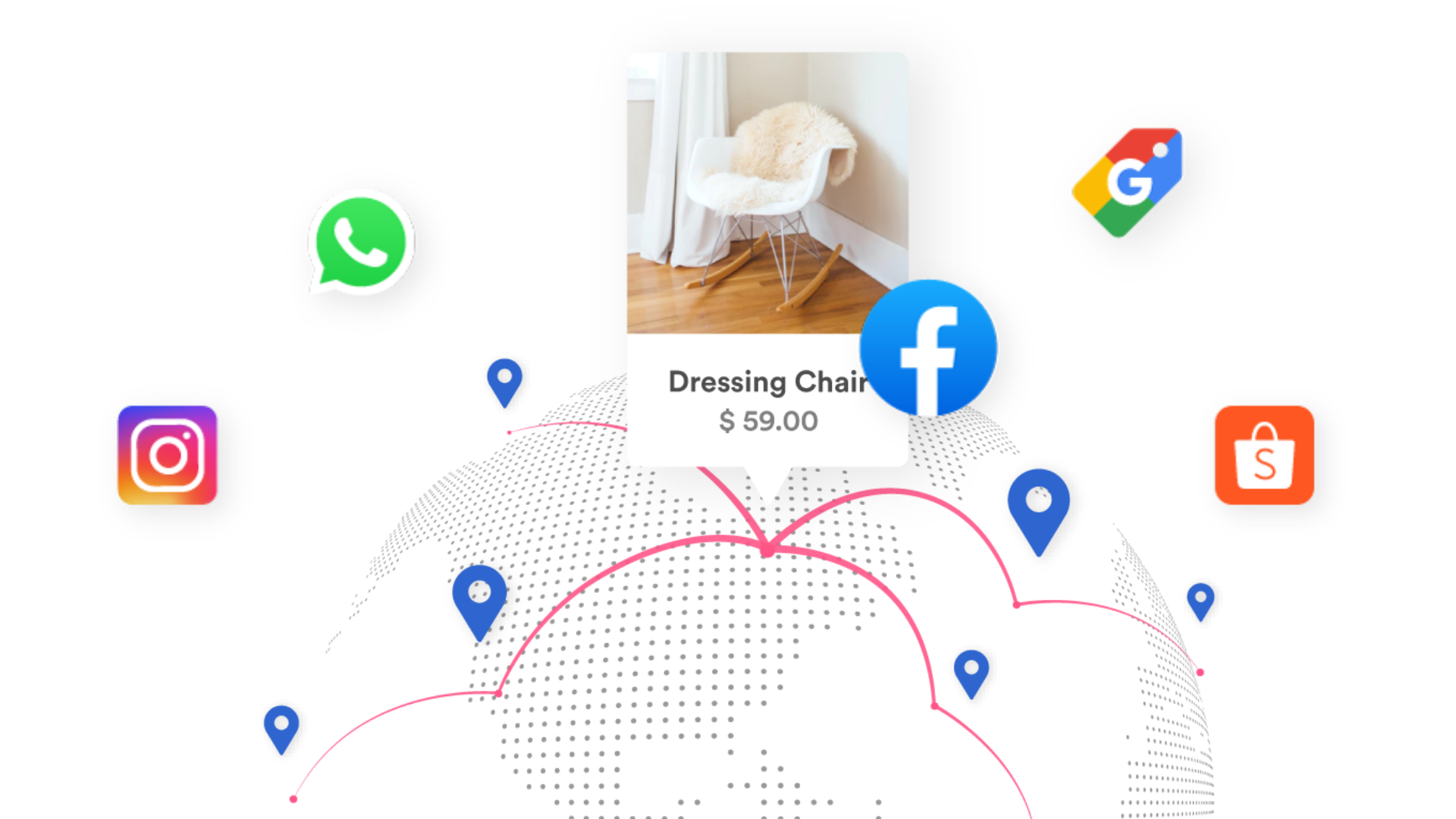
1. Be Where Your Customers Shop
Shoppers now have endless options.
Whether it's a physical mall or an online platform, people choose based on design, product range, convenience, and even aesthetic preferences.
If you’re only present on one platform, you miss out on customers who prefer shopping elsewhere. Every new channel opens up a new opportunity to reach different customer segments.
2. Compete with Larger Brands
Selling on platforms where your competitors aren’t gives you a first-mover advantage.
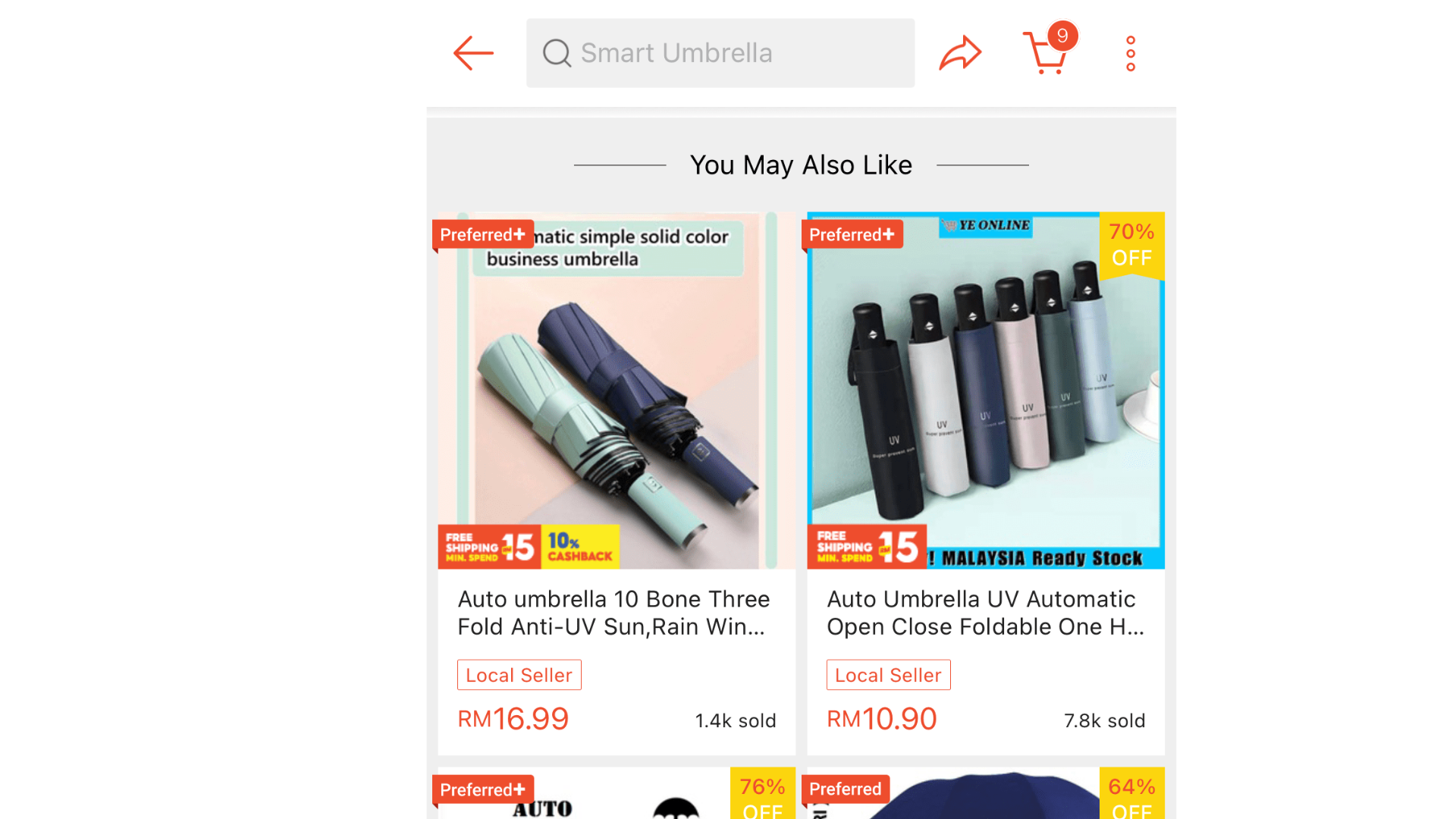
Conversely, avoiding the platforms where your competitors are active means giving up potential customers — many of whom may not even know you exist.
Every sales channel you enter increases your chances of being seen and considered, especially when you optimize your presence with strong product images, clear descriptions, and competitive pricing.
3. More Customer Touchpoints
According to the marketing "Rule of 7," a customer needs to see a message at least seven times before taking action.
Multichannel selling increases your chances of being seen across different platforms — from Facebook scrolling to Google searching to price comparisons on marketplaces.
This constant exposure builds trust and brand recall, increasing the likelihood of conversion.
4. Build Accurate Customer Profiles
Different channels attract different customer segments. For instance, Facebook may appeal to an older demographic while TikTok resonates with a younger audience.
Being active on multiple platforms allows you to analyze customer behavior and preferences more accurately. This insight helps tailor your messaging and campaigns for better performance with less effort.
5. Leverage Other Brands' Marketing
Marketplaces often charge transaction fees, but those fees fund their massive marketing efforts.

For example, Shopee’s celebrity-endorsed campaigns create widespread brand awareness — and you can benefit from that credibility and traffic without doing the heavy lifting.
This is particularly useful for new brands looking to build trust with first-time customers.
6. Reduce Business Risk
Any platform you don’t own comes with potential risks. Your account might get suspended, the platform’s rules could change, or service disruptions may occur.
Diversifying across multiple channels protects your business from relying too heavily on a single source of revenue. If one channel faces issues, others can keep your operations running.
The Challenges of Multichannel Selling
While the benefits are clear, managing multiple sales channels can be challenging.

The main issues typically fall into three categories:
Account ManagementCreating and managing accounts across various platforms can be time-consuming. Logging into each platform just to update products or track performance becomes inefficient quickly.
Inventory ManagementManually tracking inventory using spreadsheets across platforms increases the risk of overselling or running out of stock. For example, selling your last item on Lazada while it's still listed on Shopee can result in cancellations and poor reviews.
Order ManagementIt’s easy to overlook orders when you're juggling multiple platforms. Missing or delaying an order can lead to customer dissatisfaction and penalties from the platform.
If it’s so difficult, why do many sellers still adopt this strategy? Because they’ve found a solution.
Manage All Your Channels with One Platform
EasyStore makes multichannel selling seamless by allowing you to manage your entire business from one centralized platform.
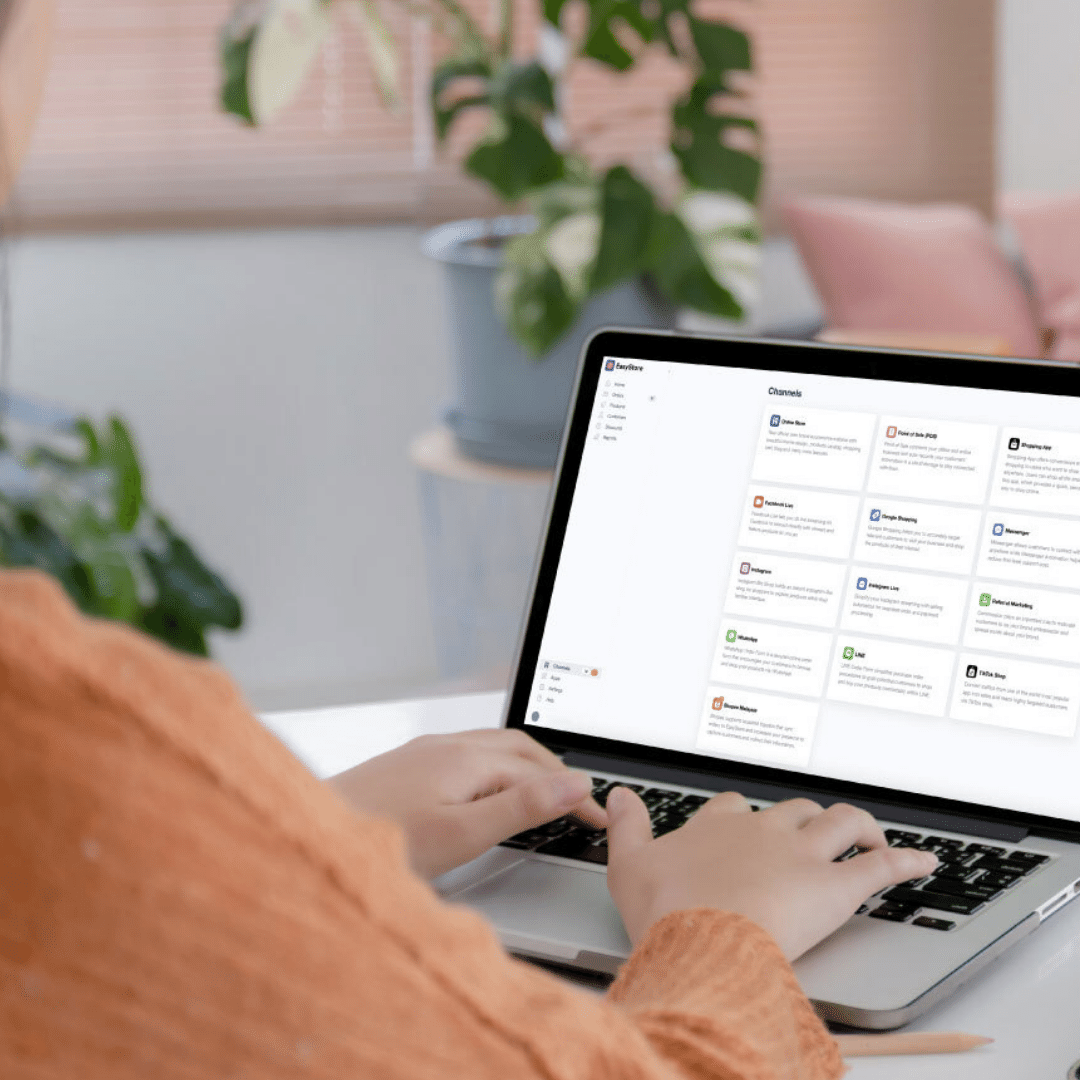
Here’s how:
Product Listing Management:Upload, edit, and manage your product catalog in bulk. Updates made on EasyStore automatically sync across all connected platforms in real time — no more repeated uploads or manual edits.
Order Management:View and fulfill all your orders from different channels in one place. You can create packing slips, print Airway Bills, and ensure no orders are missed or delayed.
Inventory Management:Maintain a unified inventory across all platforms. EasyStore syncs your stock levels in real time, helping you avoid overselling and ensuring a smooth shopping experience for your customers.
Customer and Sales Insights:Gain access to integrated reporting and customer data from all your sales channels. Identify which products or platforms are performing best and make smarter decisions on where to focus your resources.
One Platform, Many Channels, Seamless Management
Post-pandemic shopping behavior is unpredictable — a purchase decision might be triggered by a social media ad, an online search, or an in-store experience.
With EasyStore, you don’t need to worry about juggling multiple platforms. You’ll be able to sell across marketplaces, social media, and your own store — all managed from a single dashboard.
Start your multichannel selling journey with EasyStore today and unlock the full potential of your business.
Make Customers Love Buying From You
EasyStore empowers your brand to prioritize customers and enhance their experience, creating a unified customer experience (UCX) that makes customers love buying from you.
Over 50,000 brands have grown their businesses by embracing unified customer experiences (UCX) strategy through EasyStore across multiple sales channels - online store, retail outlets, marketplaces, and social media, ensuring consistency in product and service offerings for a seamless shopping journey.
线上线下融合,UCX 客户体验为王
选择 EasyStore,意味着选择一个能让您的业务实现无缝整合、高效运作的可信赖合作伙伴。让我们共同开启您的多渠道经营之旅,探索更广阔的商业可能性。
欢迎联系我们,了解更多

